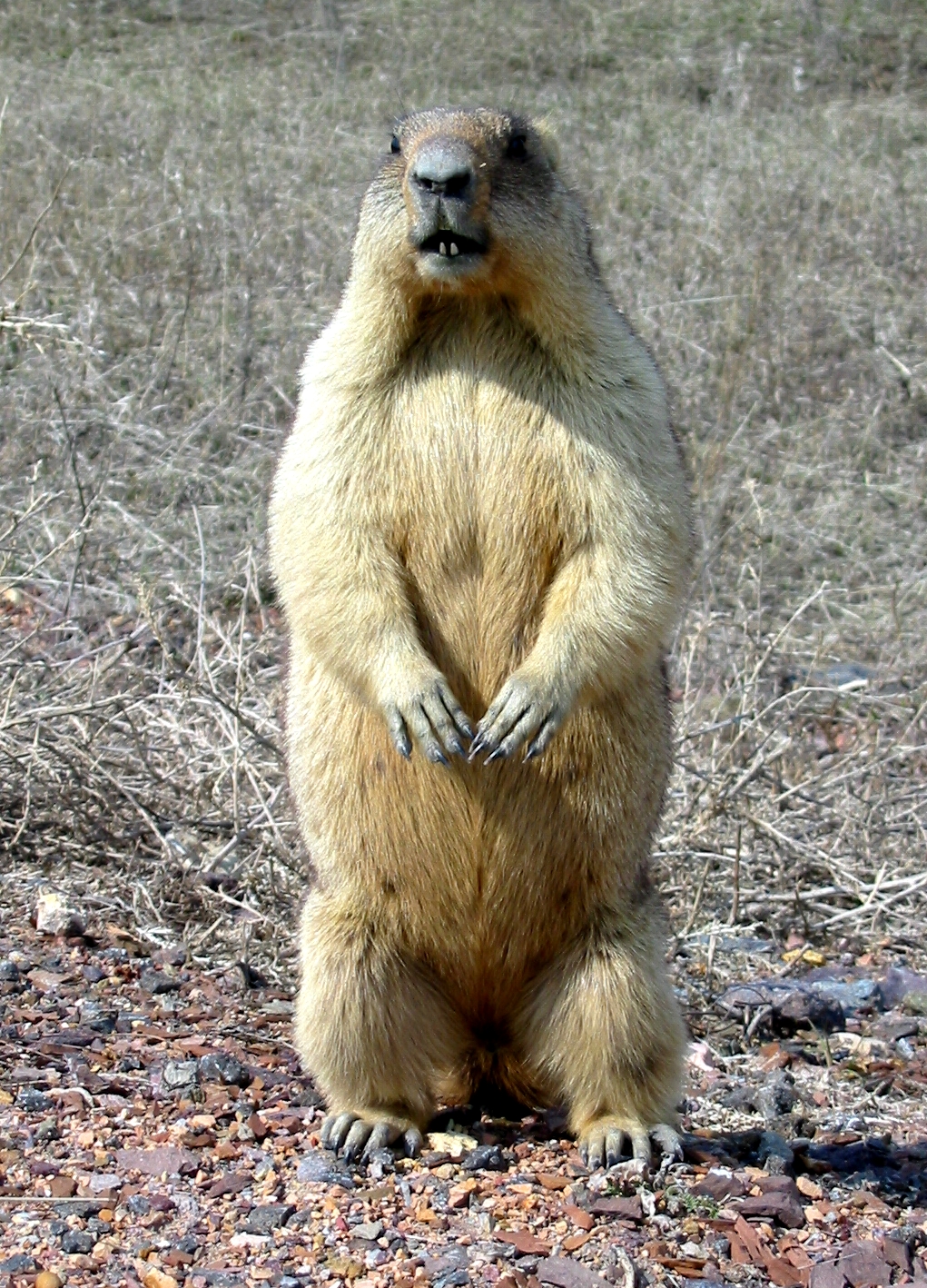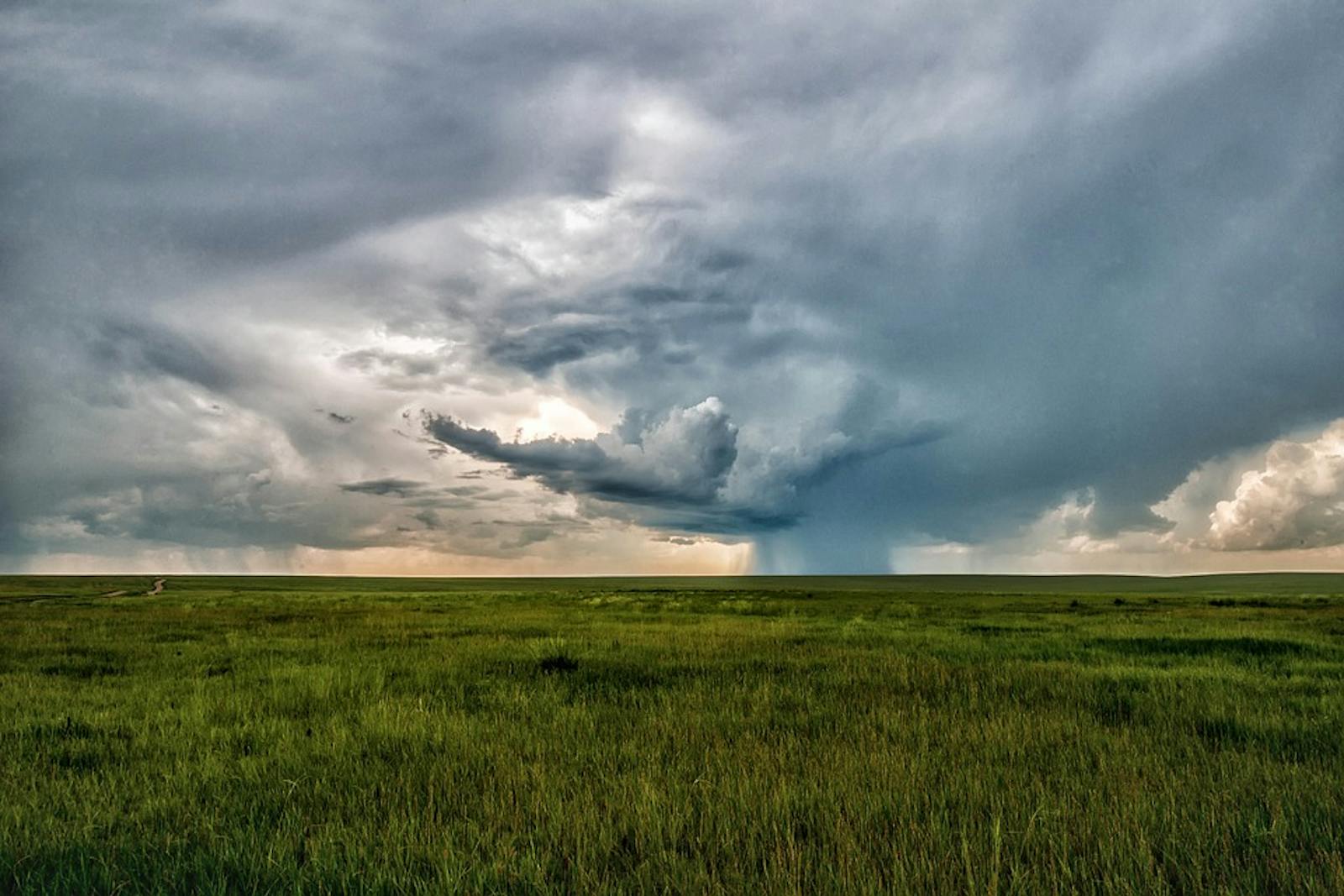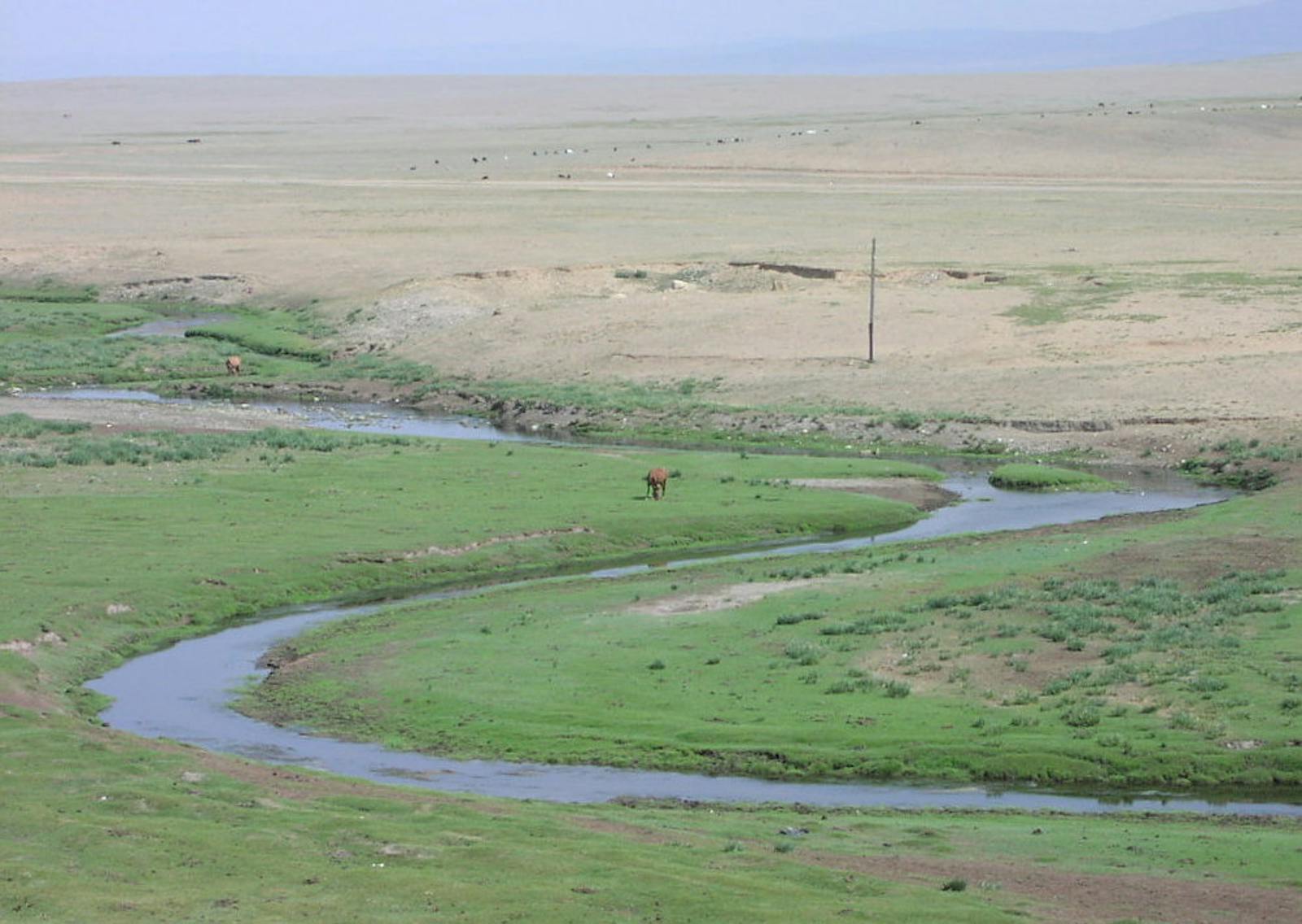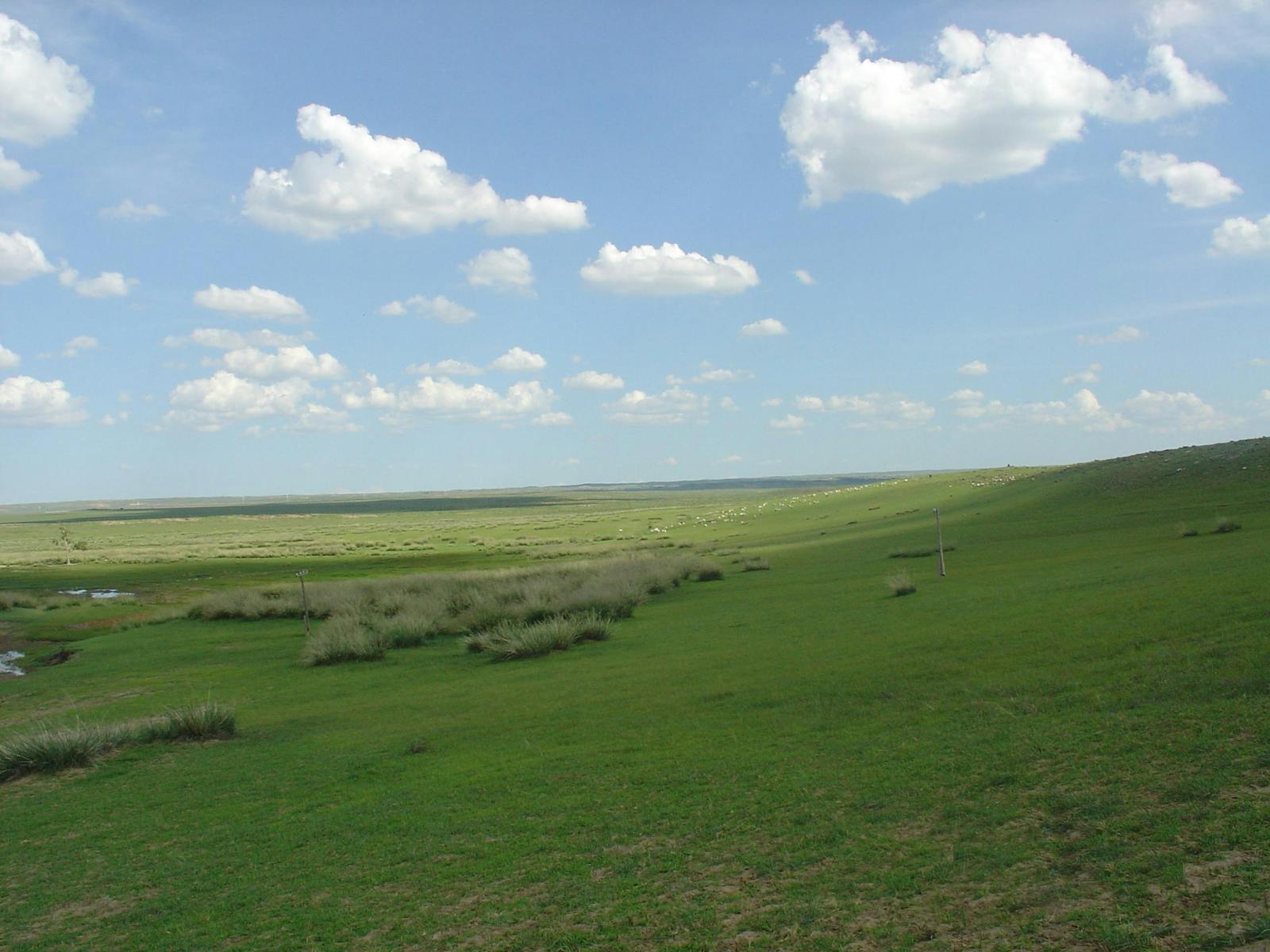Mongolian-Manchurian Grassland
The ecoregion’s land area is provided in units of 1,000 hectares. The conservation target is the Global Safety Net (GSN1) area for the given ecoregion. The protection level indicates the percentage of the GSN goal that is currently protected on a scale of 0-10. N/A means data is not available at this time.
Bioregion: Mongolian Grasslands, Alpine Meadows & Forest Steppe (PA44)
Realm: Eastern Eurasia
Ecoregion Size (1000 ha):
88,932
Ecoregion ID:
734
Conservation Target:
22%
Protection Level:
5
States: China, Mongolia, Russia
The Mongolian-Manchurian Grassland ecoregion is one of the largest, most intact grassland ecosystems on Earth, lying between Siberian conifer forests, Central Asian rocky deserts, and the Manchurian hills of Northeastern China. Mongolian gazelle survive here in numbers that exceed one million, despite hunting pressure and a need to coexist with legions of domestic livestock.
Herds of up to a quarter million Mongolian gazelle form in late summer when the grasslands have changed color but temperatures are not yet frigid. Other hoofed mammals, including Przewalski’s gazelle and wild Bactrian camel, have been extirpated from the Mongolian-Manchurian Grassland as a result of human activity.
_1_vladimirarkhipov%20via%20iNaturalist.jpg)
The flagship species of the Mongolian-Manchurian Grassland ecoregion is the Mongolian gazelle. Image credit: Vladimir Arkhipov, iNaturalist
Summers are warm here, but winters are long and very cold. Mean temperature in January can be as low as -9ºC and even -20ºC in some region. Summer monsoon borne rainfall accounts for most of the annual precipitation, but the monsoon is weak in this continental realm, so receipts are modest: about 450 mm in the east and 200 mm in the west. Winter cold is intensified by northwesterly winds that form in autumn as the East Asian monsoon reverses course and moves polar air southwards. Elevation across the Mongolian-Manchurian grassland ranges from 1,000 to 1,300 m.
The southern part of the ecoregion has plants characteristic of the Mongolian steppe: Carex sedges and grasses form a thin groundcover together with various members of the daisy family and other forb species. Mildly saline lakes are surrounded by sandy basin soils that support tussocks of salt tolerant grasses and sedges. Meadows of reed grass grow near the edges of the brackish lakes, while freshwater lake margins may be cloaked in bullrushes and tangled shrubberies of willow and aspen.
The wetter, eastern part of the Mongolian-Manchurian Grassland ecoregion supports productive tall grass prairie where, it is said, livestock can only be counted when winds blow the grass aside. This area includes the southern part of the Mongol Daguur Biosphere Reserve, Mongolia (84,290 km2, core area 5,704 km2) and the Xilin Gol Grassland Biosphere Reserve in the Xilin River Basin, China (10,775 km2). Nested within the tall grassland habitat are scattered woodlands of Korean aspen, Siberian silver birch, and Siberian elm. Great bustard and Oriental plover breed on the adjoining plains.

Bobak marmot. Image credit: Creative Commons
Also in the east, Dalaihu (Hulun Nor) Nature Reserve (4,000 km2) includes a large brackish lake that provides breeding habitat for great crested grebe, Oriental white stork, red-crowned crane, and relict gull. Threats to this habitat include reed cutting, hunting, and over-fishing.
Around the end of the 20th century, in Mongolia, livestock privatization and a post-Soviet collapse of the urban economy induced people to return to rural livelihoods, pushing livestock numbers upward by 30%. At the same time, economic reforms in China led to an increase in stocking density in that part of the ecoregion.
Traditionally, sheep herding is a dominant grassland livelihood with goats in the rockier, mountainous areas. In recent years, however, goat husbandry has increased on the grassland because people value the quality of their cashmere wool and the taste of their meat.3 Since goats eat a wider range of plant species, forage more aggressively, and tend to consume the whole plant, the shift from sheep to goats can be deleterious to the grassland habitat.
Priority conservation actions for the next decade are to: 1) develop a much needed basic biological inventories of flora and fauna for this ecoregion; 2) research how disease and climatic fluctuation could affect herds of Mongolian gazelle; and 3) monitor environmental impacts from the mining of gold and other minerals.
Citations
- Carpenter, C. 2000. Mongolian-Manchurian grassland. https://www.worldwildlife.org/ecoregions/pa0813. Accessed December 2018.
- Matthiessen, P. 2001. The Birds of Heaven: Travels with Cranes. North Point Press, New York.
- Walker, M. 2009. Largest herd of gazelles sighted. BBC Earth News. http://news.bbc.co.uk/earth/hi/earth_news/newsid_8034000/8034392.stm. Accessed December 2018.





